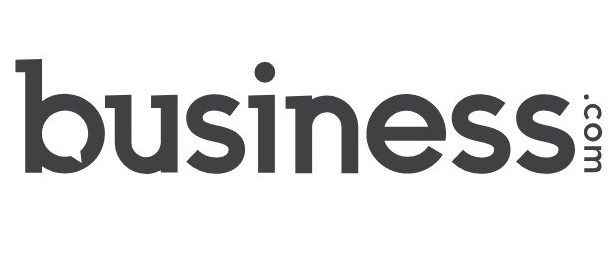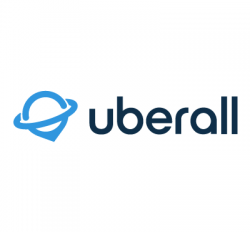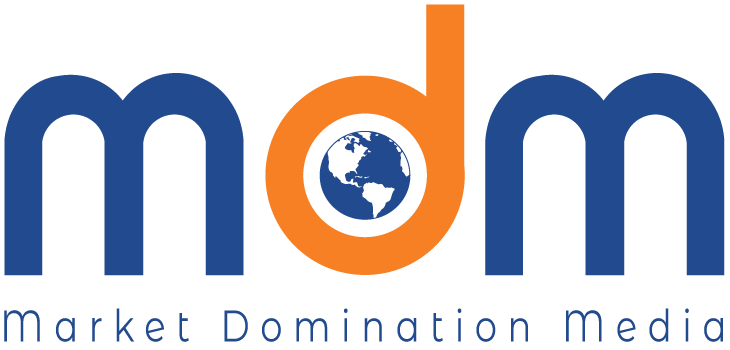Optimizing Your URLs, Page Titles, and Meta Descriptions
Date: June 25, 2021
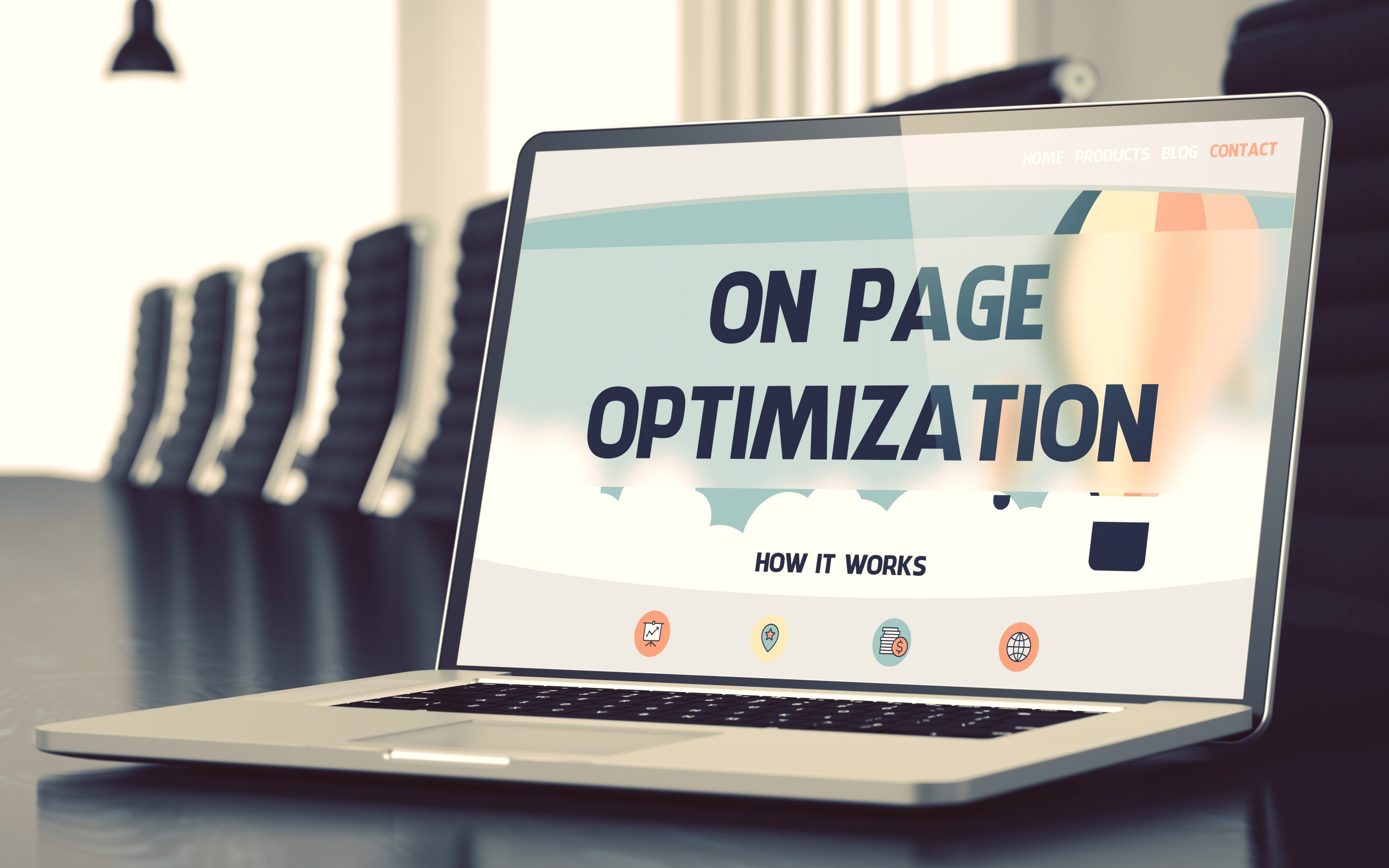
The 9Sail team has created this useful cheat sheet to help our clients understand the importance of having properly optimized URLs, page titles, and meta descriptions.
If, after reading this post, you still have questions, feel free to reach out to 9Sail for further clarity and assistance.
URLs
URLs are the web addresses you enter into your browser. URLs replace the IP addresses so navigating online is as easy for the everyday user as possible. Many hosting platforms and plugins, like the Yoast SEO plugin, will automatically generate a URL for each page. However, you’ll still want to make sure they are all following best practices and are optimized for success.
URL Best Practices
All URLs must fit within the 2,083 character limit. While that is certainly more characters than are allotted for page titles and meta descriptions, it is still imperative to make sure that every URL stays within this limit. As you begin indexing and updating your individual URLs, you’ll need to keep this magic number on the back of your mind.
URL Structure
The structure of your URLs is also incredibly important. You want each URL to be structured from general to specific. Following the site’s domain, you should highlight the navigational journey the user takes to get to that page and include proper keywords for the page.
Here’s an example of how to properly structure your URLs:
https://www.9sail.com/maincategory-keyword/subcategory-keyword/main-keyword.
Need a real world example? Take a look at 9Sail’s SEO page. You’ll notice that the URL starts with our company domain. This is followed by /services/ because we’re looking at a service page. Finally, /seo/ ends the url with a description of the specific page. As you can see through this example, properly optimized URLs can help both users and crawlers identify the file structure of your site.

A URL’s Impact on SEO
Making sure your URLs are clear, easy to read, and following the proper structure ensure that users are able to fully understand the site they’re clicking on. This can yield a higher click through rate without negatively impacting your site’s bounce rate.
When the search engines are crawling web pages, populating the search engine results page (SERP) with results for a query, they are inspecting the individual URLs. While a properly optimized URL will not do much to get a “bad” page of content ranked higher, a quick URL fix could be what’s stopping your amazing piece of content from ranking higher in the SERPs.
A properly optimized, easy to read URL can serve as its own anchor text. Think about your time on social media. Have you ever gone to share a link— whether it be for an article, video, or blog post— only for it to show up as a long and unorganized list of seemingly random letters and numbers? Unfortunately, many users are less likely to post an unoptimized URL on their timeline or feed.
If you’re trying to increase brand awareness and website traffic, having properly optimized URLs can increase your likelihood of getting your pages shared on social media.
SEO Page Titles
Before getting into the best practices and SEO impact of page titles, it’s important to differentiate between SEO page titles and the title of your post on said page. The SEO page title is what’s read by the crawlers and populated on the SERP. The page’s title tag within the page does not need to directly match the SEO page title.
SEO Page Title Best Practices
You’ll want to get into the habit of using vertical bars as separators ( | ) instead of hyphens ( – ). This can be easily implemented within the Yoast plugin of your web hosting platform. This easy fix can yield a significant win for your site.
Ideally, each SEO page title should be within 50 – 60 characters. If your page title is less than 60 characters, it will be able to properly show up in the SERP. However, if it contains too many characters, part of it will be cut off and users will not be able to read it within the search results.

The organization of your SEO titles is also very important. For ecommerce or product pages, they should be organized as “primary keyword | secondary keyword | brand.” For a blog post, they should be organized as “blog title | brand.” It is oftentimes necessary to abbreviate or condense your post’s title so that it can fit within the character limits of your SEO page title. This will yield no negative impact, so don’t be afraid to do so.
You may think it’s a good idea to stuff as many keywords as possible within your SEO title’s character limit. However, we strongly advise against this practice, because if the search engine crawlers notice this, they will negatively impact your page, lowering its ranking and visibility.
You’ll also want to make sure that every page of your site has a unique SEO title. Duplicating page titles across your site can signal to search engines that your site has duplicate pages, whether or not those pages have duplicated content within them). It may seem difficult to make every single page title unique, but even slightly tweaking tour product page turtles can resolve this issue.
If you’re working on an ecomm site, consider putting the specific product name at the front of the SEO page title. From a user perspective, this will help show the page’s direct correlation with the search query they entered into the search engine.
When creating SEO page titles, try to find that balance where your title is optimized following SEO best practices but is also informative and useful to the individual users.
SEO Page Title’s Impact on SEO
Not surprisingly, since SEO is in its title, SEO page titles have a strong impact on the optimization of your site, and your page’s likelihood of showing up on the first page in the SERP.
Your SEO page title is typically the first element a user sees when a SERP is loaded. The title is usually inspected first, at least at a glance, before the meta description or even the URL structure. If your SEO page title doesn’t have a correlation to the content on your page, or if it seems unorganized and sloppy, the likelihood of a user clicking onto your site decreases significantly.
You’ll notice that your SEO page titles appear at the top of your web browser. Take a look at this tab you currently have open; hover your mouse over the tab, and see the SEO page title appear. This is extremely helpful to users who have an abundance of tabs open within the same browser. Being able to clearly identify your page is important, further underscoring the inherent value of SEO page titles.
Meta Descriptions
Meta descriptions provide SERPs with a brief summary as to the content on your webpage. This HTML attribute is imperative to a site’s improved ranking, yet many websites have not properly optimized their meta descriptions— many sites don’t even use them!
Meta Description Best Practices
You’ll want to keep your meta descriptions within the 160 character limit. Search engines usually truncate meta descriptions that are 160 characters or more. Having the “…” appear in the SERP is not a good practice for drawing new users into your site.
Use this mini paragraph as an opportunity to advertise your page to potential readers. When writing meta descriptions, you want to make sure that you’re doing so in a natural tone. Insert keywords where they naturally fit, and make sure you’re writing it in a way that doesn’t seem spammy. You want to ensure that your meta description accurately describes, or teases, the content on that specific webpage.
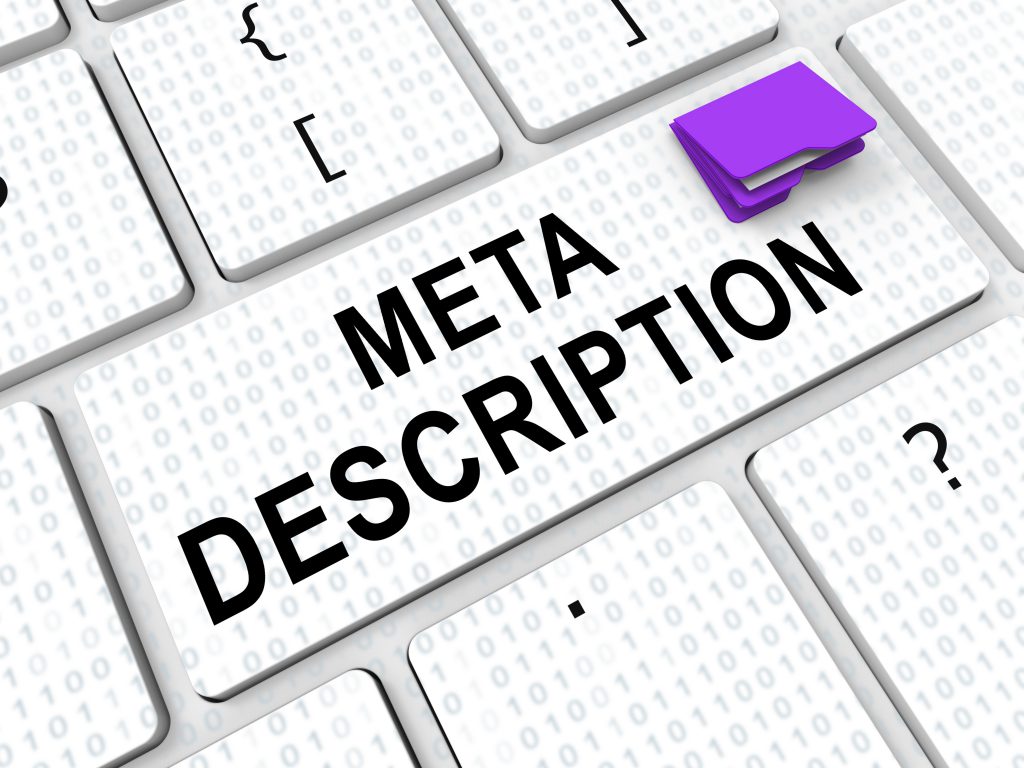
Similarly to your SEO page titles, every meta description should be unique. Duplicate meta descriptions signal red flags to crawlers, who will then assume that the content within these pages is duplicated as well.
When writing meta descriptions, try to only employ alphanumeric characters, as Google will not show special characters within the meta description. If you feel as though the special characters are important from a contextual point of view, use the HMTL version of said character instead. However, we recommend avoiding special characters whenever possible.
Meta Descriptions’ Impact on SEO
These short meta descriptions are actually a huge factor in improving a website’s click through rate. By informing potential readers of the page’s content, they are increasingly likely to open the webpage if it correlates with their search query. A well written meta description can make people more likely to go into your site.
Perform keyword research and try to match your meta descriptions with some of the highly trafficked search terms. As you’ve probably noticed, search engines will bold the words within the meta description that match up with your query. This bolded text can help draw a potential reader’s eyes to your site. Again, this cannot be done in an obvious, unnatural way.
Writing wonderful, useful meta descriptions is an art form that takes practice, You need to find the balance between being informative and helpful while still giving users a reason to click on the page and read your content.
9Sail Can Help Optimize Your Site’s URLs, SEO Page Titles, and Meta Descriptions
There is a specific science to writing proper URLs, page title tags, and meta descriptions. It takes a lot of practice until this becomes second nature. If your website could benefit from updates URLs, page titles, and/or meta descriptions but you’re not confident in your abilities to do so, consider reaching out to the team at 9Sail.
9Sail is a search marketing firm that combines search engine optimization and pay-per-click ads management to help law firms solve their issues with lead generation, brand awareness, reputation building and management, and more.
If you’d like to learn more about how the 9Sail team can help you with ongoing optimization or a one-off project, please click here to fill out a contact form. We can’t wait to hear from you!



